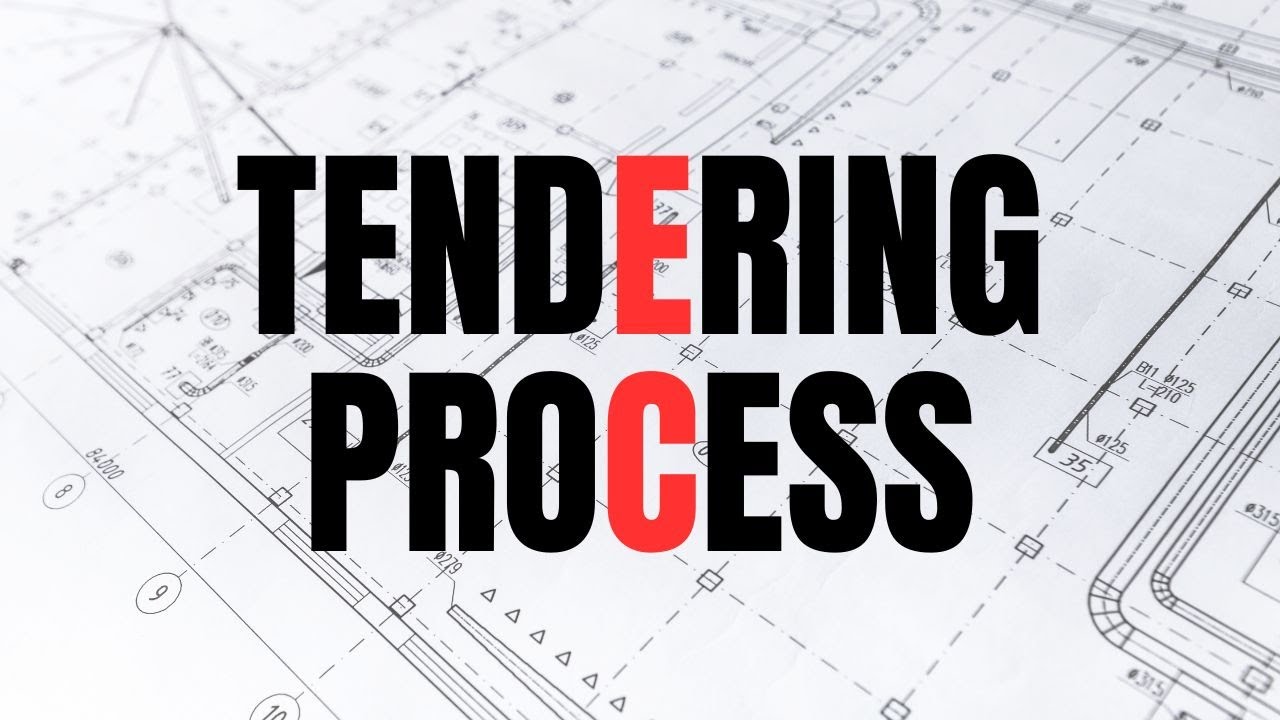
QTS 203: Principles of Tendering and Estimating I (2 Units C: LH 30)
Learning Outcomes:
At the end of this course, students should be able to:
1. Gain an awareness and understanding of the concept of Estimating construction cost, the
Estimator and his functions;
2. Develop the knowledge and understanding of the purposes and types of estimates used in
construction projects;
3. Develop the knowledge and understanding of the different estimating methods and the
processes involved in the detailed estimating method;
4. Gain awareness and understanding of procurement methods and contractual arrangements
used in the construction industry;
5. Develop the knowledge and understanding of tendering and tendering process, types of
tendering and objectives of tendering;
6. Develop the knowledge and understanding of the role of different parties involved in
tendering, nature and types of tender documents; and
7. Develop the knowledge and understanding of the procedure for selecting a suitable
contractor and factors for consideration in selection of appropriate contractor.
Course Contents
Definition of estimating. Who is an estimator? Functions of an estimator and requirements of an
estimator. Purposes of estimating; Types of estimating: preliminary estimating, approximate
estimating and detailed estimating. Methods of estimating: Single rate estimate and range
estimate. Processes involved in the detailed estimating method: materials, labour – all-in-rate for
labour, plant – all-in-rate for plant, overhead and profit. Processes involved in the detailed
estimating method: materials, labour – all-in-rate for labour, plant – all-in-rate for plant,
overhead and profit. Introduction to construction procurement and contractual arrangements in
the construction industry. Tendering and the tendering process: definition, types of tendering,
objectives of tendering, the role of different parties involved in tendering, Nature and type of
tender documents: Tendering procedure in selecting a suitable contractor and Factors for
consideration in selection of appropriate contractor.
- Teacher: Salisu Dalibi Gidado
